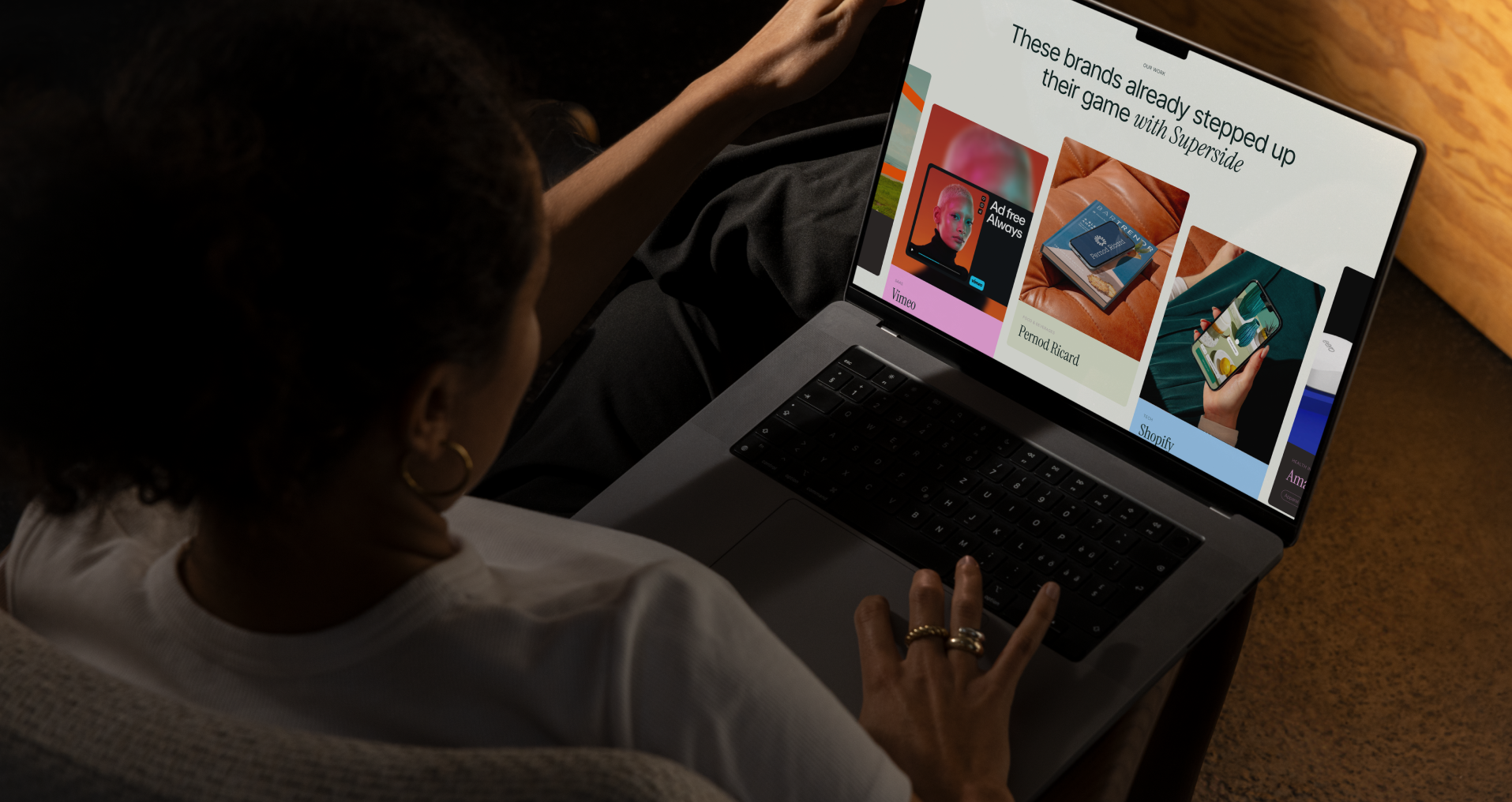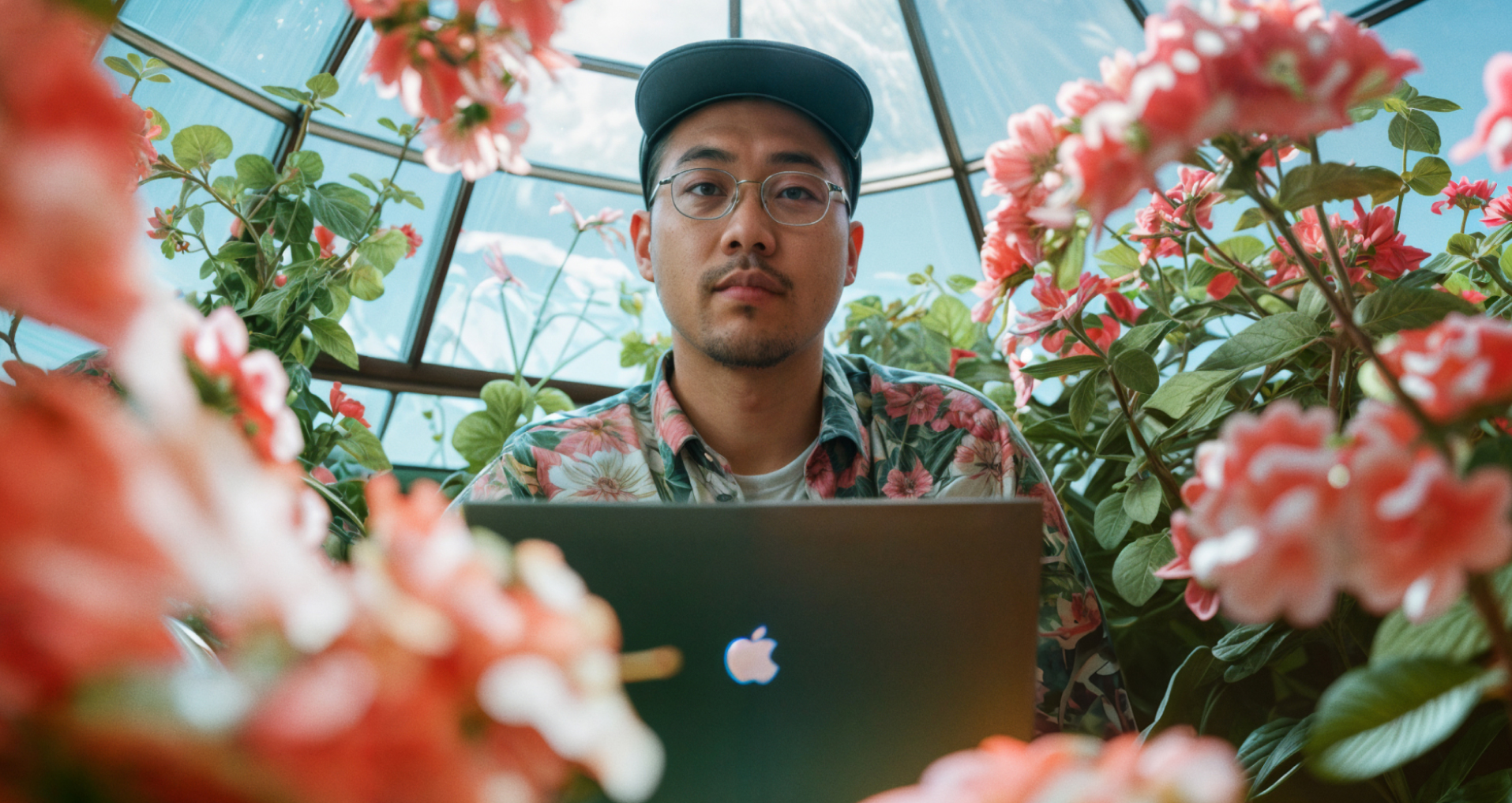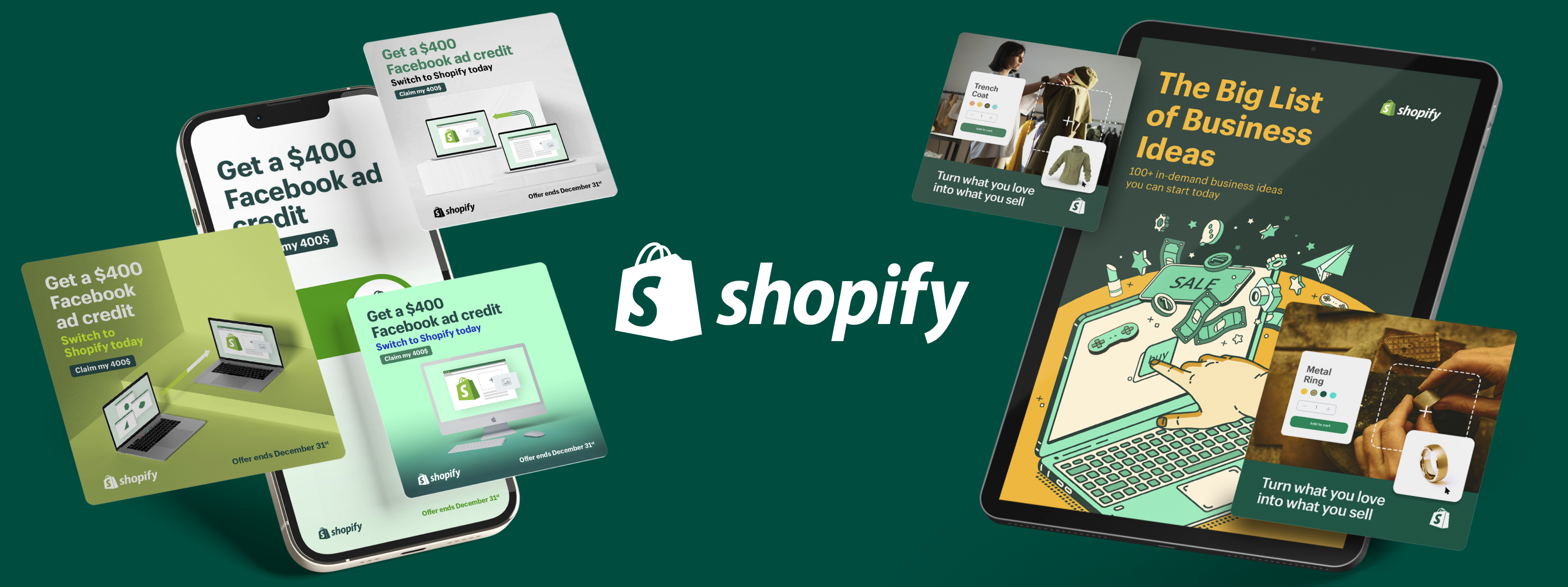International Coffee Day: World’s Top 3 Coffee Brands


October 1st marks International Coffee Day, a day for coffee-holics to head to their nearest coffee shop and enjoy a cup of their favorite brew. In honor of this highly-anticipated day, we’re diving into the branding behind three of the world’s top coffee brands: Starbucks, Costa Coffee and Dunkin’ (and one slightly smaller Superbrand, too). [1]
Coffee Brand Analysis
1. Starbucks
Image by Adrianna Calvo from Pexels
Background
With over 24,000 stores spread across more than 75 markets, Starbucks takes the lead among the most popular coffee brands. Founded in Seattle in 1971, this iconic company has revolutionized the way people drink and experience coffee. Starbucks opened its first international store in Tokyo in 1996 and has continued its strategic global expansion ever since.
Starbucks centered its branding around the idea of offering customers a relaxing experience to enjoy their coffee. This coffee powerhouse placed people at the center of their mission from the beginning. As former CEO Howard Schultz said, “Large numbers that once captivated me – 40,000 stores – are not what matter. The only number that matters is ‘one.’ One cup. One customer. One partner. One experience at a time.”
Branding
Starbucks has invested significant time, energy and money into its signature look. From its stores to its website to the coffee cups and merchandising, it would be impossible to confuse Starbucks with any other brand.
Attention to detail has been a primary objective for the coffee brand, which is why Starbucks places such an emphasis on its store design. In the U.S., for example, the company acknowledges that most of their stores will become drive-throughs. The company has invested significantly in the design aspect of these drive-through stores while focusing more on the in-store experience internationally. Regarding its global expansion strategy, the brand strives to create the same in-store experience in every location around the world to maintain a consistent brand image.
Starbucks also invests heavily into mobile marketing and its digital presence. The brand takes advantage of various social media platforms for advertising and emphasizes digital innovation through their app which allows customers to pay for products and manage their rewards program.
Brand Image
The Starbucks siren logo is one of the most notable, iconic logos around the world. When the founders agreed on the company name in 1971 – inspired by Moby Dick – they began searching through old marine books for logo inspiration. They came across the image of a siren and felt it was perfect for what Starbucks represents.
The connection between the coffee brand and the sea is twofold. First, the coffee company is based in Seattle, a port city. Second, coffee travels across the water in ships to get to where it needs to go. “I hope when people see the siren on their cup, of course it’s going to stand for what they’re going to get from Starbucks,” says Steve Murray, Creative Director in the Starbucks Global Creative Studio. “If the siren is on that cup of coffee, it’s going to be awesome.” [2]
2. Costa Coffee
Image by Mateusz Dach from Pexels
Background
When two brothers, Sergio and Bruno Costa, arrived in London in 1971, they decided to make great tasting coffee a staple ingredient of everyday life. The brothers set up shop on Fenchurch Street and devoted themselves to creating the finest quality coffee. After testing 112 variations of coffee, they finally decided on their signature blend, ‘Mocha Italia.’
The Costa brothers were committed to serving their customers the best quality coffee from day one. This goal motivated them to become the first coffee providers in London to serve espresso and crafted cappuccino in porcelain cups to enhance their customers’ experience. Today, Costa Coffee’s roastery is one of the largest in all of Europe, producing 45,000 tons of coffee each year. [3]
Branding
Costa Coffee measures brand strength based on tangible measurements such as marketing investment and stakeholder equity in comparison to its competitors. In 2018, Costa Coffee actually surpassed its longtime rival, Starbucks, with a Brand Strength Index (BSI) of 87.8 compared to Starbucks’ 86.2. [4]
Costa Coffee’s branding and marketing efforts are strongly focused on delivering both a top notch experience and a cup of coffee to their consumers. Their website emphasizes this focus with statements that include “Only one percent of the world’s coffee beans are good enough for our coffee,” and “Every bean is skillfully slow-roasted in our own roastery.” Their website also advertises that their baristas are from around the world and compete for the title of “Barista of the Year.”
Another big priority for the company’s branding is sustainability and renewable energy. The brand announced that since April 2017, all of their U.K. company-owned stores have been powered by 100 percent renewable energy. Even the company’s roastery was built with sustainability as a driving factor in the design plan.
Brand Image
As Costa Coffee is spread across the globe, the company faced a big challenge to maintain brand consistency across its international markets. Costa Coffee hired Our Design Agency (ODA), a branding and communications agency, to help them establish a consistent reproduction of their iconic Costa Coffee Red. As Costa Coffee entered its next phase of growth, ODA provided the brand with its first brand color toolkit.
“For Costa Coffee to truly own its brand color, it must be accurately reproduced across all different touchpoints,” says Grant Willis, Creative Director at ODA. “Until now, there have been fluctuations across its estate, so there was a clear opportunity to work in partnership to address this and create a toolkit to ensure consistency.”
ODA successfully designed the book, keeping in mind printers and suppliers to help them ensure accurate reproduction of the Costa Coffee Red. Matthew Williams, Director of Brand and Insight at Costa Coffee, stated, “The faithful reproduction of our iconic Costa Red is vital for maintaining brand consistency as we expand around the world. This was a complex and painstaking job that ODA handled brilliantly.”
3. Dunkin’
Image by Dunkin'
Background
With over 12,400 restaurants in 46 countries, Dunkin’ coffee has been an essential part of countless morning work commutes since the franchise opened in 1955. Bill Rosenberg opened the first Dunkin’ restaurant in 1950 in Quincy, Massachusetts, under the name Dunkin’ Donuts, with hopes to serve the freshest, best quality coffee and donuts in their stores. [5]
Rosenberg’s son, Robert, took charge of Dunkin’ in 1963 and stood at the company’s helm until 1999. The young Harvard Business School graduate made many innovative changes to the brand during his reign. The company began selling their coffee in paper and Styrofoam cups and introduced their line of muffins, bagels, croissants, breakfast sandwiches, Coolattas and the iconic Munchkins.
The restaurants also underwent changes, moving away from the countertop seating to tables. Robert began selling Dunkin’ donuts at non-traditional locations, introduced satellite locations, sold franchises to multi-unit operators and implemented a commissary system to reduce costs and space needed. [6]
Today, Americans aren’t the only ones who “run on Dunkin’.” The entire world is obsessed with Dunkin’ coffee, with approximately two billion cups of hot and iced coffee served every year worldwide. Dunkin’ still serves its original coffee blend recipe created by Rosenberg, alongside a constantly evolving range of pastries, sandwiches, espresso drinks and frozen beverages.
Branding
The company recently rebranded from “Dunkin’ Donuts” to just “Dunkin’.” The chain announced at its Global Franchise Convention in September 2018 that it would be on a “first-name basis” starting in January 2019, shortening the name to Dunkin’.
And while this may seem like a major change to some, the company is no stranger to being addressed only by Dunkin’. “Dunkin’ Donuts has been on a first-name basis with its fans long before the introduction of its iconic tagline, ‘America Runs on Dunkin,’” the company explained, “with customers around the world naturally and affectionately referring to the brand as ‘Dunkin’.’”
The masterminds behind this rebrand included global brand design agency Jones Knowles Ritchie (JKR) in collaboration with BBDO New York and Arc Worldwide. Alongside its shortened name, the brand also made changes to modernize their in-store customer experience. “Our new branding is one of many things we are doing as part of our blueprint for growth to modernize the Dunkin’ experience for our customers,” said Dunkin’ Brands CEO and Dunkin’ U.S. president David Hoffmann in the statement. The company installed an eight-headed tap system for its line of cold drinks and highlighted the use of mobile orders, expanding on its drive-through with a designated mobile order lane. [6]
Brand Image
Although the brand made some significant changes over the last year, the company was sure to stick true to their roots. They retained the same iconic pink and orange colors that were established in 1973 in their packaging, advertising, website and social platforms. “By simplifying and modernizing our name, while still paying homage to our heritage, we have an opportunity to create an incredible new energy for Dunkin’, both inside and outside our stores,” said Tony Weisman, CMO, Dunkin’ U.S.
Moving forward, the new brand logo will be featured on exterior and interior signage on all new and remodeled stores throughout the U.S. and, later, internationally. And even though the name no longer includes the word “donuts” in it, donut and Munchkin’ lovers have nothing to fear. As the #1 retailer of donuts in the U.S., the company is continuing to make donuts a top priority, requiring that every Dunkin’ location continues to make and sell donuts every day. [7]
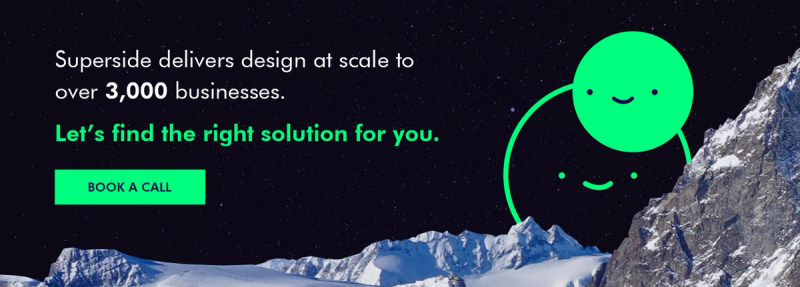
A Toast to Your Roast…
Not only are we celebrating International Coffee Day, but we are celebrating a recent rebrand of our own! To honor both exciting occasions, our designers took a swing at what a Superside cup of coffee would look like. Our Dark Side of the Moon Roast was inspired by the concept that when one person goes to sleep, another person is waking up somewhere else, signalling our always-on philosophy. The image of the cat waking up and the fox going to sleep represents a cycle that the Superside community lives by.
References:
[1] https://www.marketing91.com/top-coffee-brands/
[2] https://stories.starbucks.com/stories/2016/who-is-starbucks-siren/
[3] https://www.costa.co.uk/behind-the-beans/our-story/history/
[4] https://www.bighospitality.co.uk/Article/2019/02/13/Costa-Coffee-named-world-s-second-strongest-brand-in-the-eating-out-sector
[5] https://www.dunkinbrands.com/brands/dunkin-donuts
[6] https://www.thebalancesmb.com/the-history-of-dunkin-donuts-3973232
[7] https://www.prnewswire.com/news-releases/welcome-to-dunkin-dunkin-donuts-reveals-new-brand-identity-300718723.html
Cassandra King is the former Head of Content & Community at Superside. She’s a road trip aficionado, advocate for all things glitter, and can usually be found with a camera (or snacks) in hand. Find her on IG @casssandra.king.
You may also like these
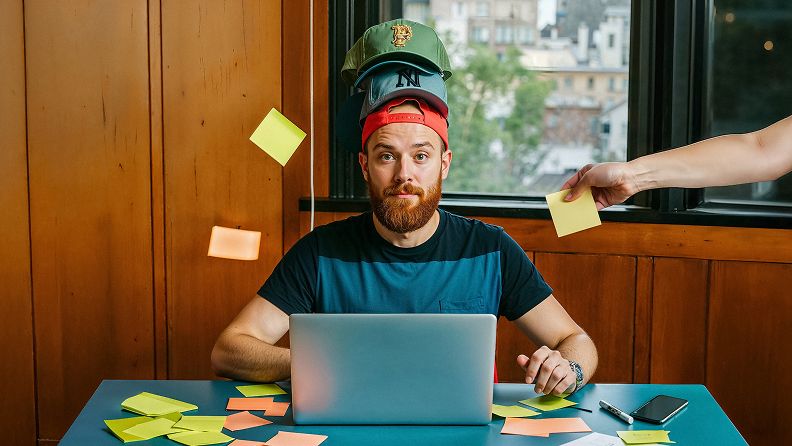
An expert 7-step brand strategy framework
In an era where businesses are under pressure to produce results quickly, it’s easy to see branding as just another box to check off. However, a well-thought-out brand strategy framework isn’t just a marketing play—it’s a foundational business tool that helps teams prioritize messaging, work more efficiently and create long-term impact.During Superside’s Overcommitted Virtual Summit, branding expert and Twilio VP of Brand Adam Morgan delved into how companies can build brands that stand the test of time. Morgan, a veteran of branding initiatives at Adobe, Splunk and Twilio, provided a wealth of insights on how to approach branding with intention, align brand identity with business goals and ensure it connects deeply with customers. Dive in to learn more about the importance of purpose, audience alignment and strategic execution—all while keeping in mind the challenges of overcommitment and burnout that many creative teams face.Why branding matters more than everThere's a common misconception about branding strategies that they're just about visuals and logos. Morgan emphasized that brand strategy is about creating an emotional and strategic connection between a company and its audience.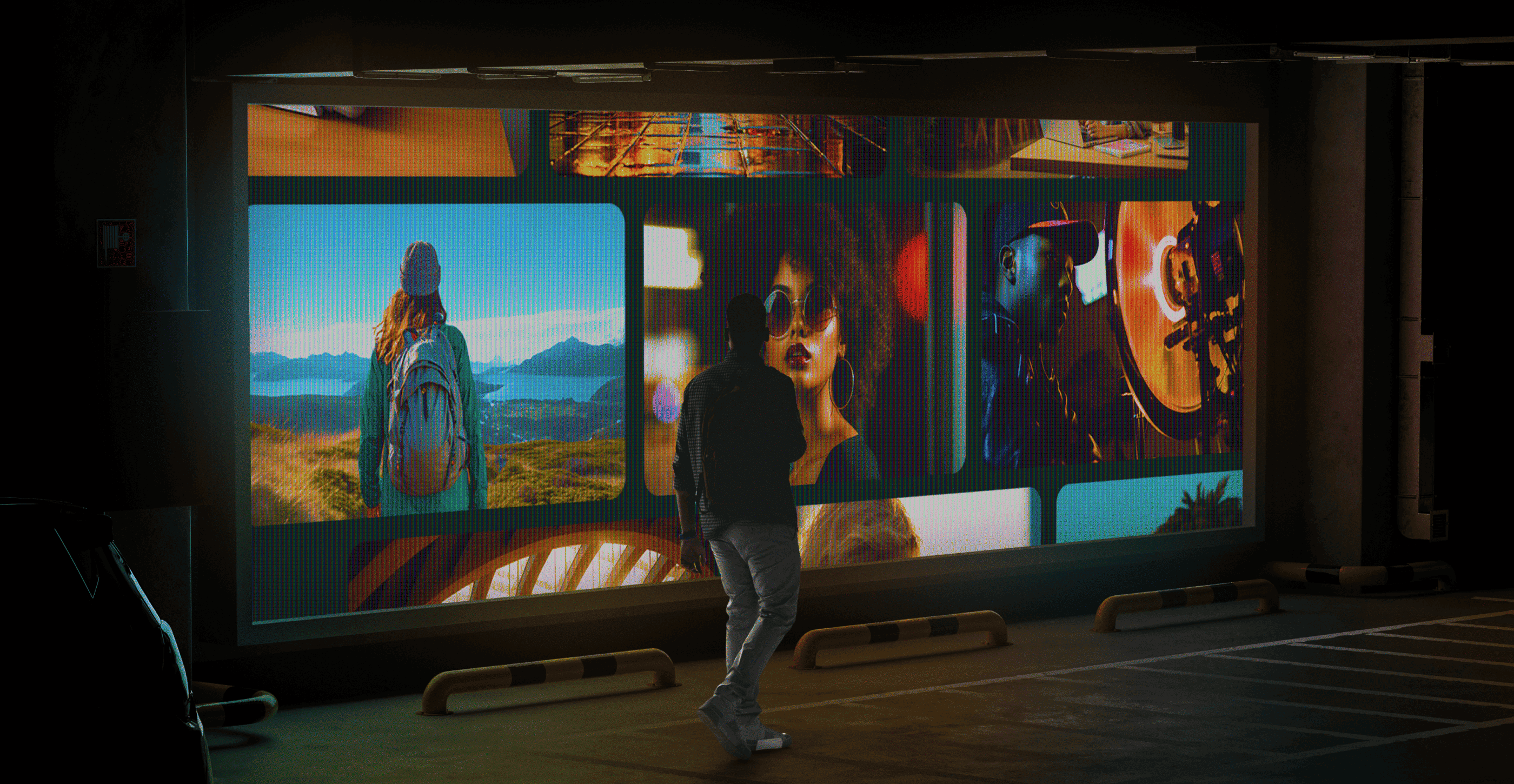
7 top creative support solutions for teams and enterprises
There’s no denying that today’s marketing and creative teams are under more stress than ever. To deliver high-performing, top-quality assets at scale, many teams are getting fewer resources, smaller budgets and tighter deadlines.As an ever-increasing number of brands compete for audience attention, the demand for compelling content is getting higher—and essential for creative teams to meet.It’s no surprise then that in-house marketing and creative teams are turning to advanced creative support solutions to help enhance efficiency, streamline workflows and optimize production processes.From AI-powered design to cloud-based collaboration software and outsourced creative services, these solutions transform how teams work, allowing them to produce more assets faster without compromising quality.Our best advice to teams and enterprises on how to get this right? Make Superside your creative team’s creative team and free up your team to do their best work.
How to find creative partner agencies to boost 2025 strategy
Are your internal creatives battling to keep up as the demand for authentic, trustworthy content grows? For many brands, outsourcing creative makes sound financial sense. Plus, partnering with an experienced creative services team can bring fresh ideas and impressive scalability.80% of customers say that the experience a company provides is just as important as its products or services, meaning that driving great customer experiences is essential in 2025. Once again, creative partnerships pay dividends, as many creative agencies go well beyond KPIs to drive genuine cultural impact and build trust.Unlike traditional agencies, creative partner agencies also typically act as an extension of your team. Work with Superside, for example, and our talented designers will become your creative team’s creative team.
